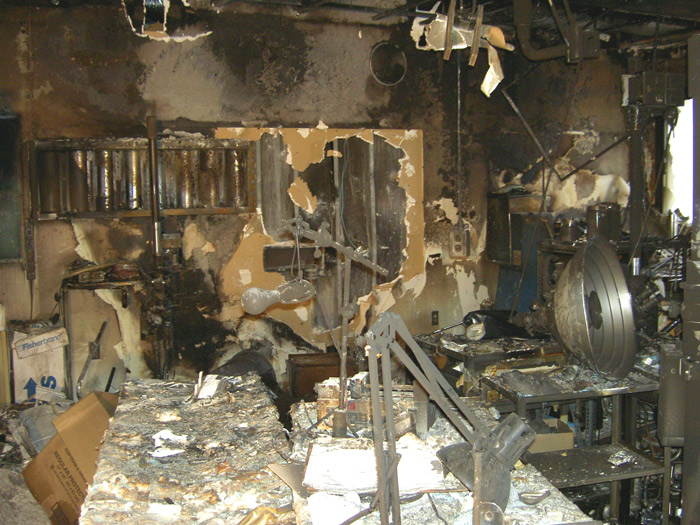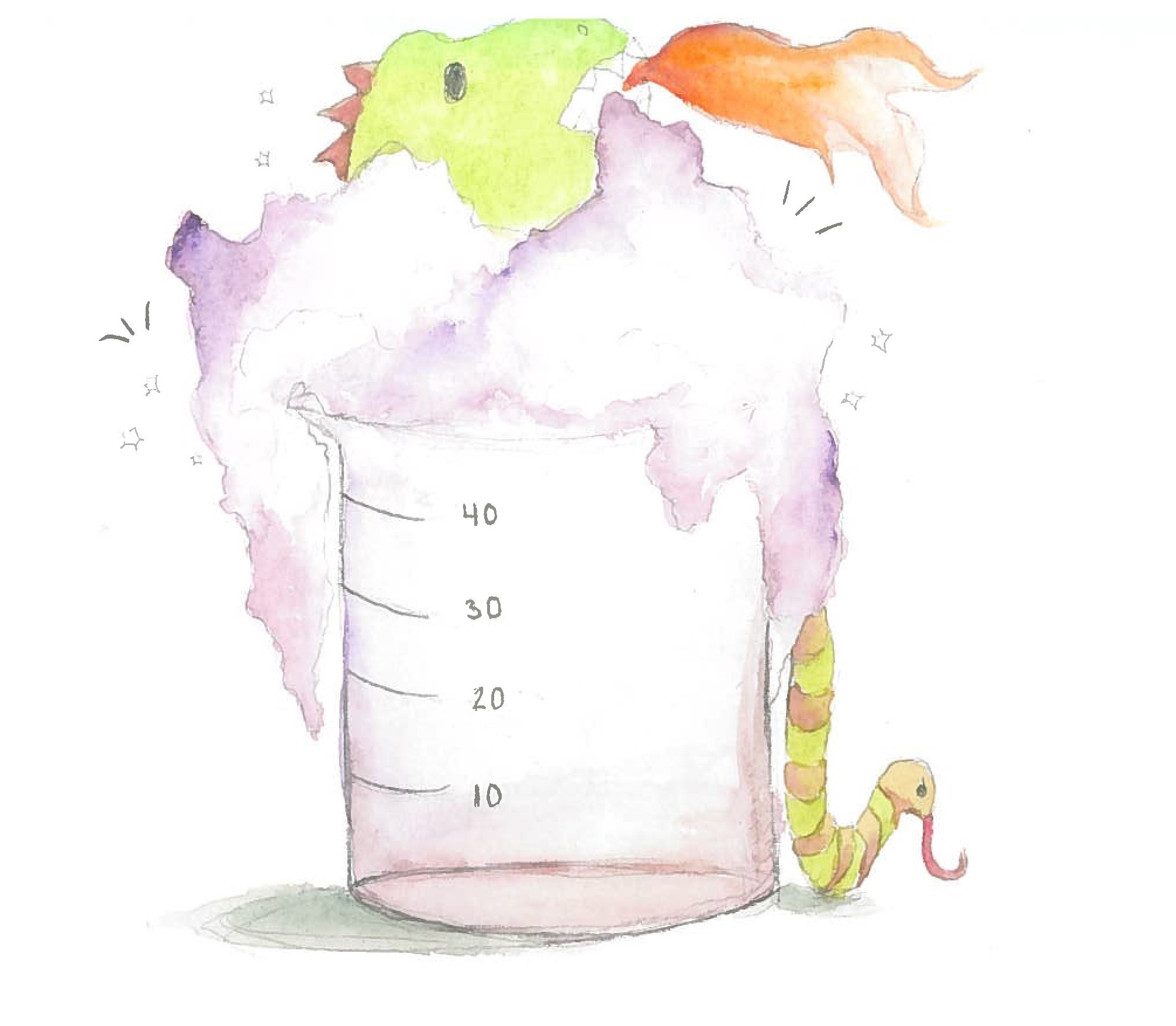Any student who has taken a chemistry lab at McGill is familiar with the infamous “Safety Lecture.” For most students, this means an hour of staring off into space as an overly-dramatic video shows acids inevitably spilled on unprotected eyes. Yet, such unfortunate accidents have such a low probability of occurrence that many students disregard safety precautions in the lab altogether. Lab accidents can feel like an abstract concept to most, but they have happened at McGill.
Wayne Wood is McGill’s director of Environmental Health and Safety. In his over 30 years of working for the university, Wood has done everything from calling a bomb squad to conducting a massive dig-up of the athletic fields in search of illegally buried chemicals. Wood is one of the first people called if an incident in a lab occurs and his team is the first line of defence against potentially hazardous situations.
Acid explosion shielded by hazmat suits
In 2003, when a 20-litre container of acid started heating up in a lab in the Stewart Biology Building, Wood sent two members of his team to respond. Their plan was to pack the container of acid into a secure drum, neutralize it, and then dispose of it. But the team never got that far. Just as they opened the door to the cabinet, the container of acid exploded and the two men were covered with 20 litres of hot concentrated acid. Fortunately, they were fully equipped and covered head-to-toe in $6,000 hazmat suits. For Wood, this was a lesson in the value of precautionary safety measures.
“Until then, I was wondering why I had spent $6,000 on that equipment,” Wood said. “But those guys would’ve died without those suits.”
The root cause of the explosion was the mixing of materials that should not have been mixed together. This is the reason why most introductory chemistry labs clearly specify which waste container each chemical must be placed in to dispose of it.
Not-so-expected incidents at the Neuro
Fifteen years ago, a major explosion occurred at the Montreal Neurological Institute. Although no researchers were present at the time, the room was left with blackened walls and unrecognizably charred objects strewn across the area. There were also other smaller incidents involving the cleanup of radioactive materials in a chemistry lab and the disposal of nitroglycerine by firefighters in a psychiatry lab, but neither resulted in any injuries or major damage to materials.

Fume hood fails to protect from burning acetone
Despite improvements in lab safety in recent years, one incident occurred as recently as 2009 in the lab of Chemistry Professor Dr. Dima Perepichka.
The reaction involved bubbling oxygen in acetone and gradually adding a catalyst—a chemical used to accelerate a reaction—to the solution. The same routine procedure had been done many times before with no previous unusual or dangerous behaviour. This time, however, when the researcher in Perepichka’s lab went to add the catalyst, the reaction caused the solution to erupt and he was hit with a wave of burning acetone. The researcher was rushed to the hospital with serious burns, and fortunately recovered within a couple of weeks.
“The safest method would have been to perform the reaction under a shield,” Perepichka said.
Instead, the researcher had been working under a fume hood. While the fume hood does offer a layer of protection between the reaction vessel and the person conducting the experiment, it was not enough to prevent the researcher’s injury.
The explosion had been caused by static electricity between the metal thermometer in the vessel and the metal tip of the syringe used to add in the catalyst—the two together created a spark that was enough to trigger the combustion event. The chances of such an incident occurring were incredibly slim. In fact, nothing like it had ever happened before, despite the reaction being a routine and often repeated procedure. The incident left Perepichka with an important lesson on taking proper safety precautions in the lab.
“Unpredictable things do happen, so you must always be vigilant,” Perepichka said.
As corny as it sounds, being vigilant for the everyday lab student means always wearing a lab coat and goggles, and following the precise instructions written in the manuals. Wood noted that he had no recent incidents to report, affirming the “new culture of lab safety” that has arisen at McGill, largely due to increased caution on the part of students and instructors. So, next time a safety video plays, think twice before tuning it out to scroll through Facebook–a fireball could be right around the corner.









